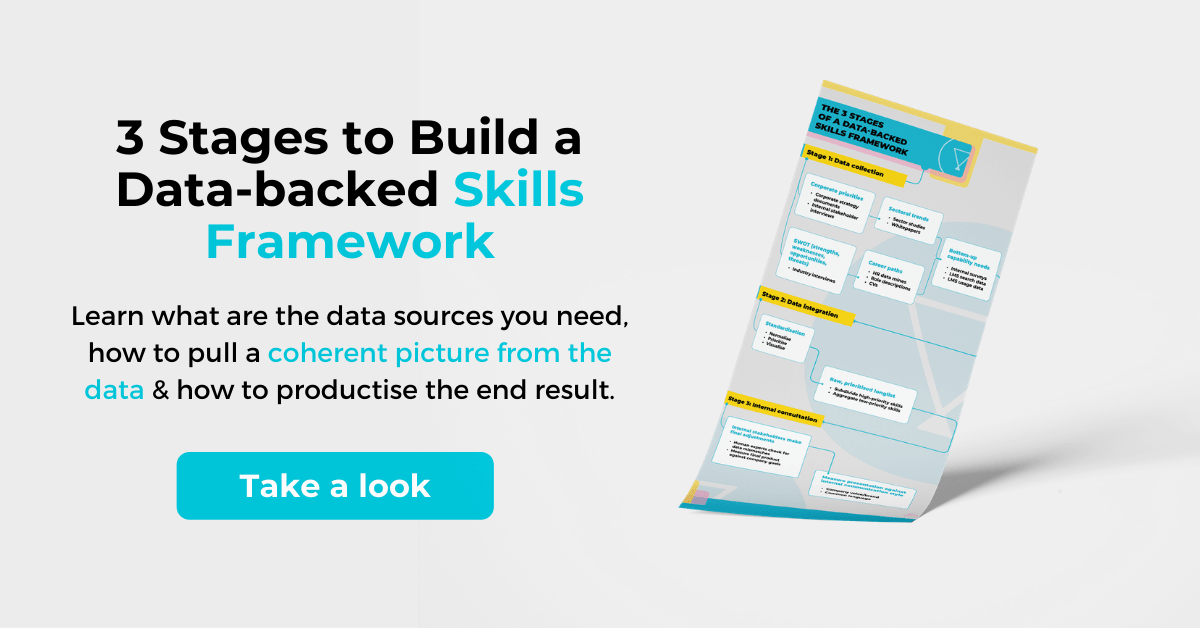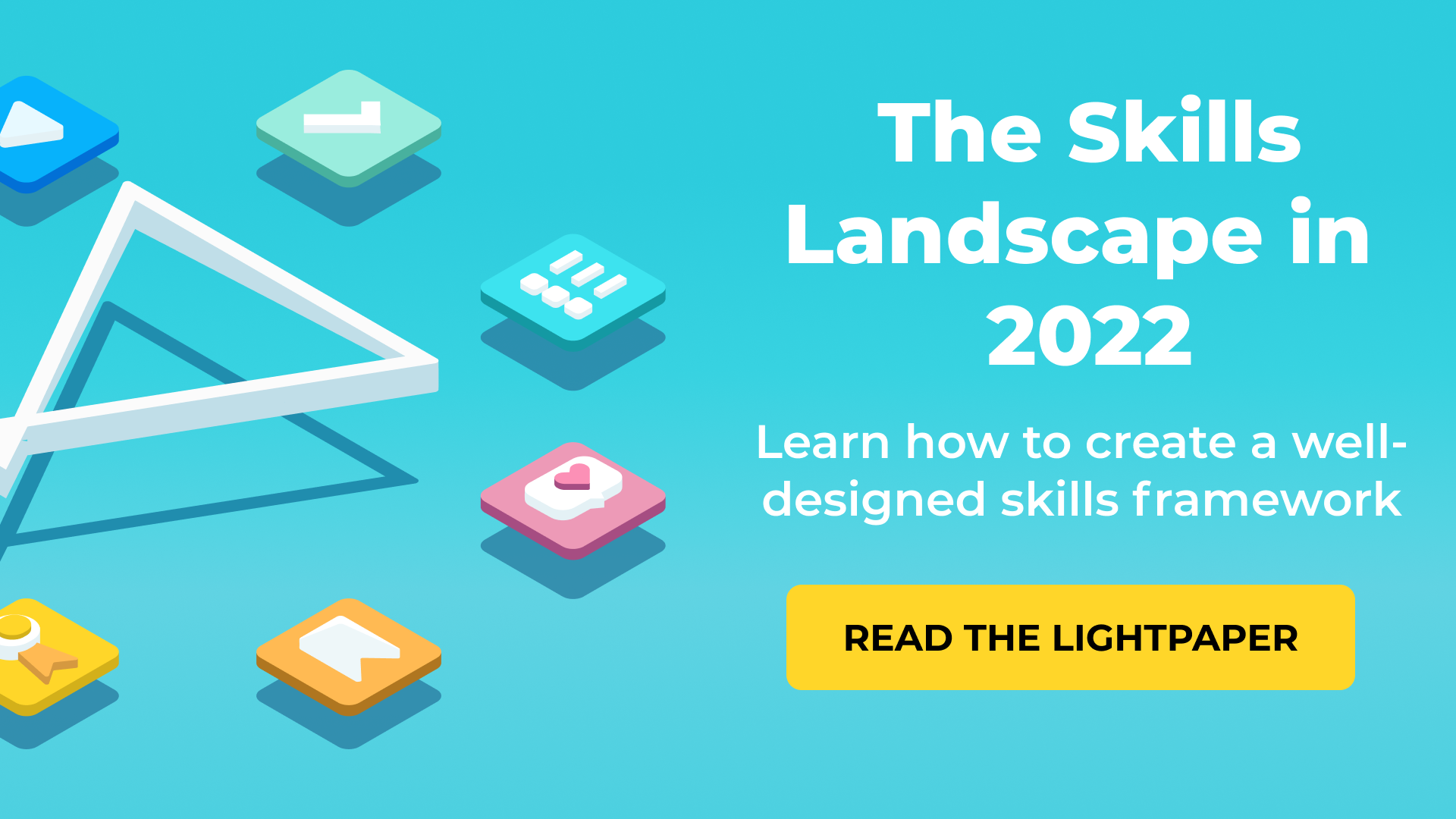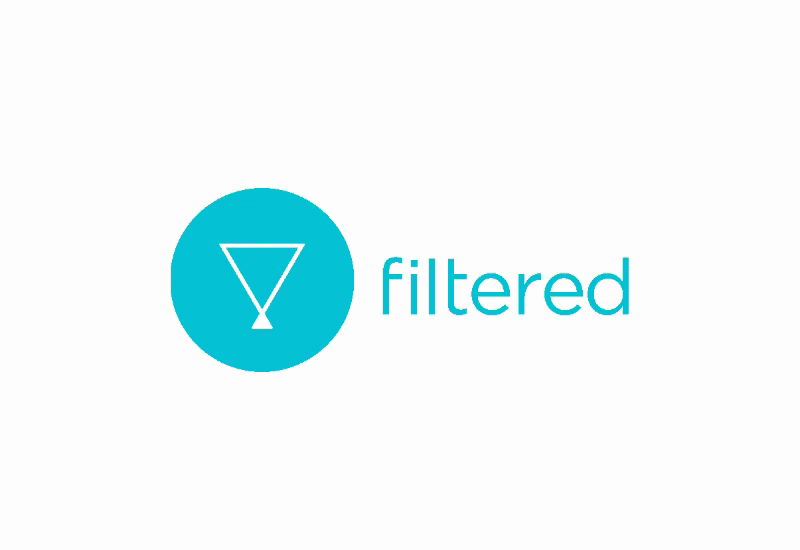We'd like to say a big thank you to Ameet Thakkar for his contribution to this radical new definition of a skills framework.
In the majority of companies, the skills framework is like the appendix: it might have had a function at some point but nobody’s really sure what that was. But this state of things isn’t sustainable. In a recent survey, 53% of respondents said that the inability to identify needed skills was the No. 1 impediment to workforce transformation and 31% percent answered that they have no way to identify market leading skills. Existing skills frameworks just aren’t fit for purpose.
The urgency of having an effective skills framework is only increasing in tandem with the rate of change. Your business needs to become more digitally literate, but what kind of skills, or mind-sets do you need? And does everyone need it, or just specialists? And how deep should that knowledge go? And does that mean that people need more or fewer non-technical skills? Should the answers change in 5 years or 6 months from now? These questions can easily overwhelm a skills framework.
Skill frameworks can be split into two main categories: “top down” and “bottom up” skills frameworks - your organisation probably has one of these. To some extent, both can be useful. Both, also, include massive tradeoffs, blind spots too big to keep you afloat in turbulent times. However, you don’t have to settle, there is another way. Here’s how the traditional types of skills frameworks work and how to build something better.
The Ultimate Upskilling Cheat Sheet for 2021:
Get practical bite-sized advice to succeed in upskilling your workforce.
Top Down Skills Frameworks
The original type, top down skills frameworks have a simple method: take your roles in the organisation, link skills to those roles, and then try to build out all the skills in the organisation based on what jobs you have. The benefits to this are that the skills frameworks you come up with are usually coherent, without bias, and clearly structured around existing definitions of roles. There’s generally a consistent definition of what good looks like for the organisation.
This bird’s eye approach is also good at getting the whole scope of an organisation into picture, aligning with overall company strategy (if the right people are involved in the process). Particularly, the ability to look forward is key; one person trying to observe a company from the outside is less likely to navel-gaze than lots of employees defining what they need right now. This circumspection is likely to result in higher ROI.
The issue is that it’s usually done by one person (or maybe a committee), sitting in a room, and simply thinking about what skills the company needs. And, no matter how qualified the person is, it’s unlikely that their individual impression of the company fits reality, at least at the level of granularity needed to make a skills framework useful.
When these frameworks occasionally get granular (often at the cost of hundreds of thousands of pounds) they do manage to define each capability, and sub-set of capabilities, dependent on each role and level in the organisation. The problem is that there are so many variations that not much thought goes into changing anything but the wording (“just change it a bit so nobody knows you’ve copied it”).
Often, isolated committees tend to ignore operational realities in favour of lofty initiatives. And even if the judgement was entirely clear-headed, how often do job descriptions and job realities match up? Right from the start the raw materials are compromised.
When this type of skills framework reaches a user, (if it can get the level of sponsorship needed for something top down to gain traction) they have to apply it to themselves through an unwieldy self assessment.
Too often, these top down methods result in the “not another” skills frameworks which are hastily ignored because they’re out of touch. In response to these failures, another type of skills framework has arisen, the direct opposite of the first.
Bottom Up Skills Frameworks
These frameworks are based on the data sorely missed in the first approach. Typically associated with companies like Burning Glass, Adepto (acquired by Degreed) and Clustree (acquired by Cornerstone), bottom up skills frameworks try to capture skills from analysis of big data. Clustree, for example, claims to have a universal model which they can apply to large data sets and turn any input, like a CV or job description, into a set of skills. They do this, essentially, by algorithmically associating particular words to skills.
This approach has some proven benefits. In fact, we, at Filtered, applied similar techniques to apprenticeship CVs, comparing the relative skills suggested in the CVs with those in job postings. We found that the way apprentices framed their extra-curricular skills were out of tune with how job postings wanted them. Degreed takes a different kind of bottom up approach, using self-submitting skills assessments in which learners score each skill from 1-8 to determine what content they receive.
While this approach makes better use of the available data to suit what learners want, it tends to look backward, at the situation on the ground now, rather than looking forward to the skills which are needed in the future. If each learner in a company defines their own skills, there can’t be a common taxonomy, set of objectives, and best practice. In short, it can devolve into highly specialised chaos. Another issue with this is that the data is far better at pointing out problems than solutions. For that, there is still no replacement for the bird’s eye view of experts.
This also feeds into an issue of time. When people self-diagnose their own skills needs they generally aim at what they needed to have known 6 months ago, not now - and certainly not 5 years from now. And if a skills framework needs to be one thing it’s future oriented. Again, this is something the top down approach is much better at: predicting.
Both methods of making skills frameworks do about half the job - you can either see the trees or the wood, not both. However, new data avenues and a different kind of consultative approach has opened up a new way of making up skills frameworks that gives you the best of both worlds, and a little bit more:
Hybrid Skills Frameworks
This is the method we’ve been developing at Filtered for the last few years. In it, we amplify the data rich approach taken by bottom up companies while, at the same time, infusing a consultative element which provides the direction you get from the top down approach. Here’s how we do it.
First comes the data. What’s unique, and most important about our approach is that we work from multiple data sources. These can be content usage statistics, LMS searches, user surveys, corporate strategy, sector trends, or anything else. With the right technology such LXPs (Learning Experience Platforms) and a guiding human hand, anything that involves text can be converted into numbers.
We then normalise this data. This normalisation step involves a large amount of human influence. Terminologies rarely directly overlap between data sources and you need someone with experience to bring them together. Further, not all data sources are equal. Again, the (experienced) human touch is needed to weight everything appropriately depending on what you’re trying to ask of the data.
Once this master data pool has been assembled, you need a starter framework to apply to it. This could be one of the legacy ones, or just a simple list of generic skills relevant to your industry. Either way, using first human understanding, then algorithms, we bring it into the common language of the data and then create a heat map of which skills are more and less relevant. These relevance scores are then split according to department or level in the organisation for further granularity.
The particular data you use to rate each skill can vary depending on what you want to find out about the skill. For example, certain sources like role descriptions, learner surveys, or search data, are good at indicating which skills learners need right now. Others, like sector studies and corporate strategy documents, can tell you what skills are more likely to be needed 5 years from now. These can be blended and balanced depending on where your skills framework is aiming to take your organisation.
If we find that a skill is important, especially if it’s not sufficiently catered for in content libraries, it is split into subsidiary skills in the framework. Correspondingly, less relevant skills are aggregated together. And, of course, if a skills gap is spotted, it’s filled in.
Through this, we build a skills framework which is tied tight to the reality of an organisation while also conforming to a common language and company-wide strategy. These are usually more simple than other company’s frameworks. But that’s by design. The purpose of these is less to define roles and more to provide a solid structure from which your learners can get content that actually suits their needs. We replace the granularity in the next step of the process: personalisation.
Skills frameworks should be the bridge between where a company is and where it wants to be: a common language for best practice and aspiration in an organisation . If yours is unrealistic and out of date or chaotic and or ununified, it won’t take hold and a lot of money and time will be wasted. But, if it prioritises the most valuable skills and if it uses the right data in the right way, a good skills framework can embed a company’s change of purpose into its workforce.
.png?width=150&name=The%20ultimate%20upskilling%20cheat%20sheet%202021).png)




